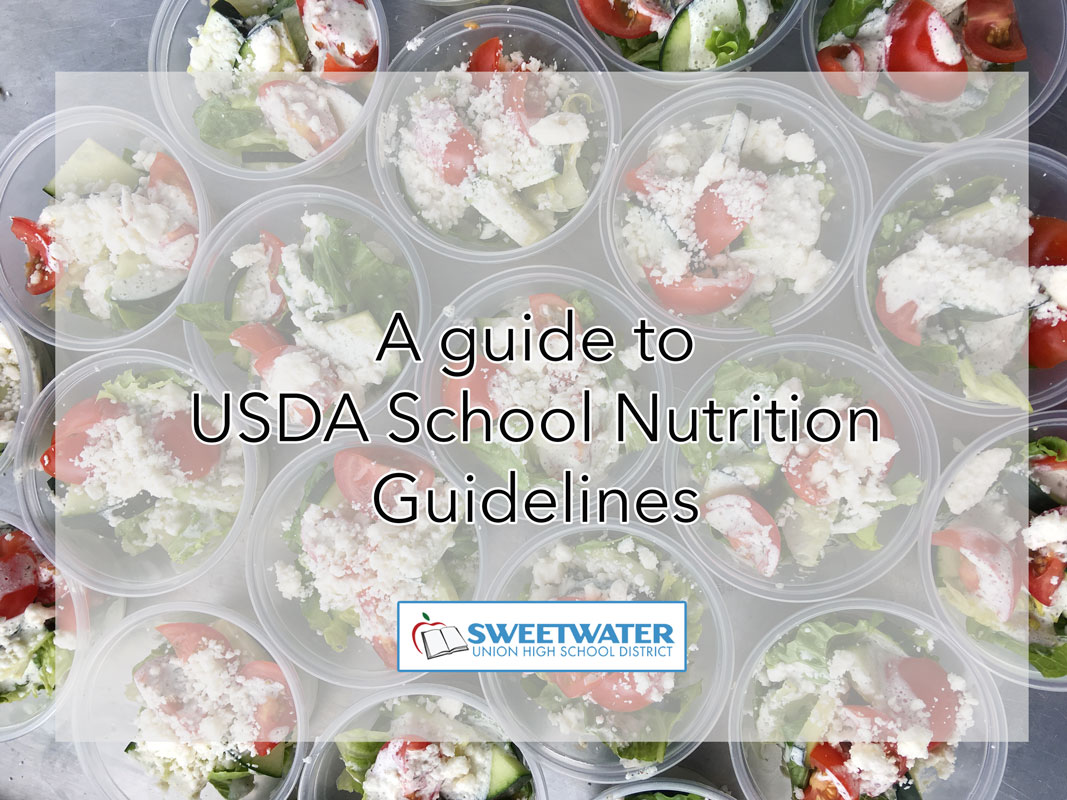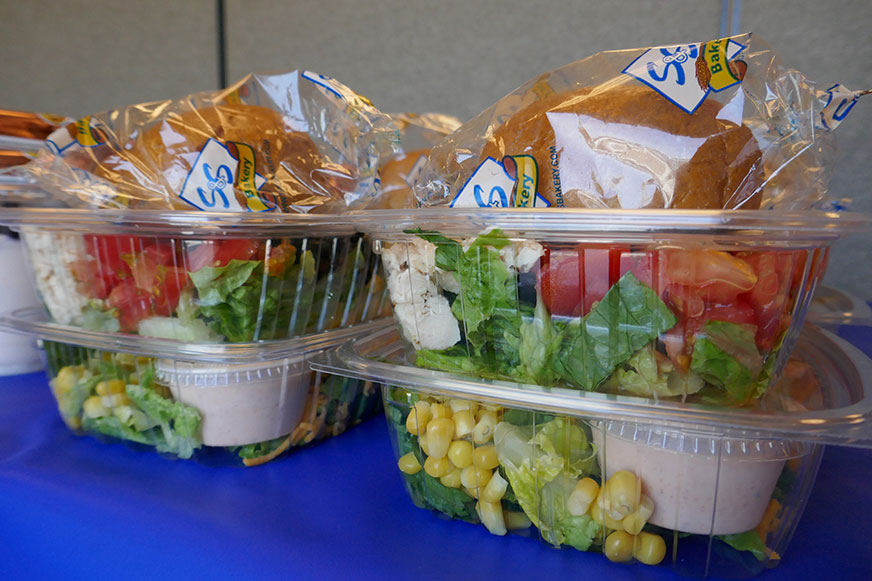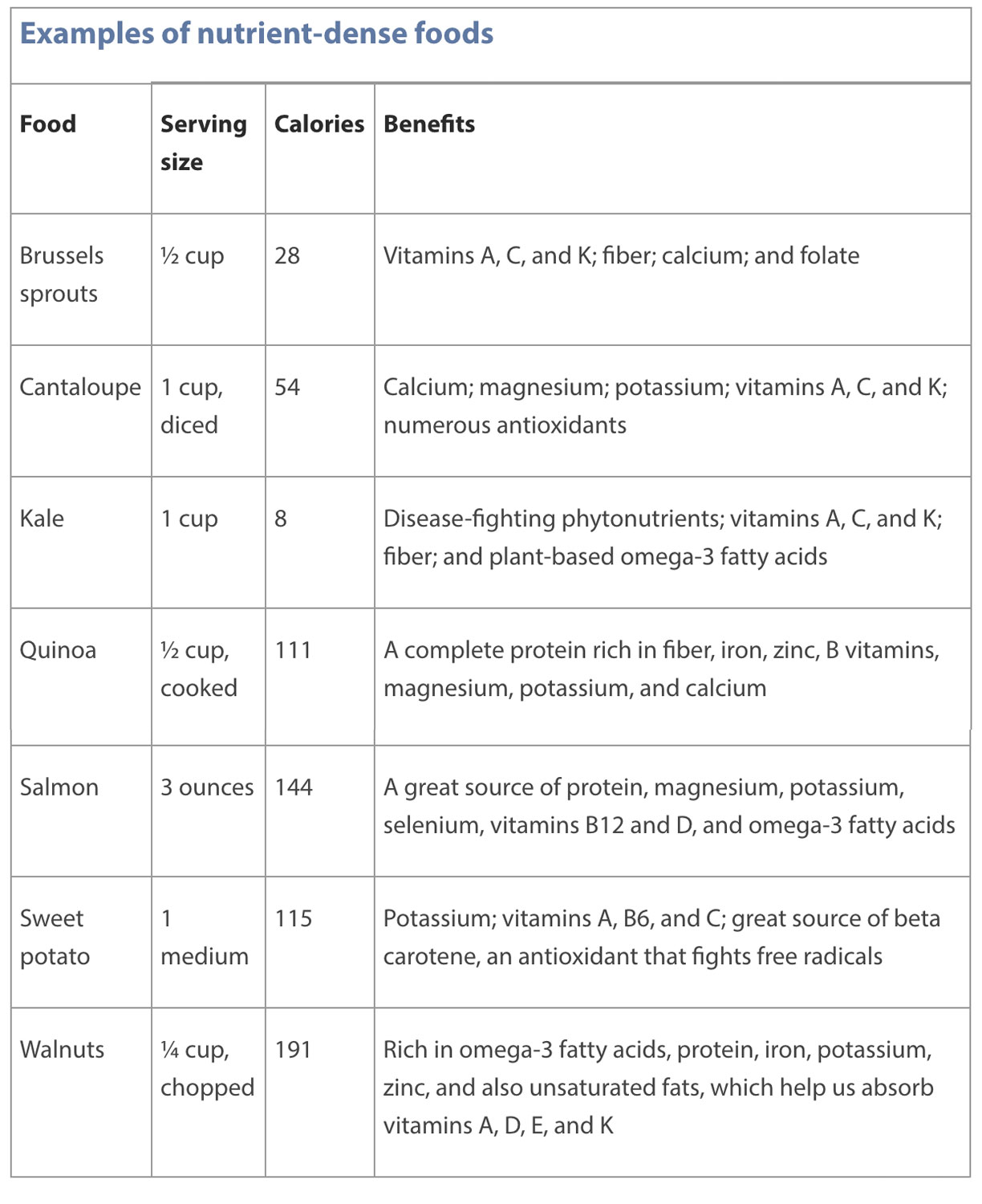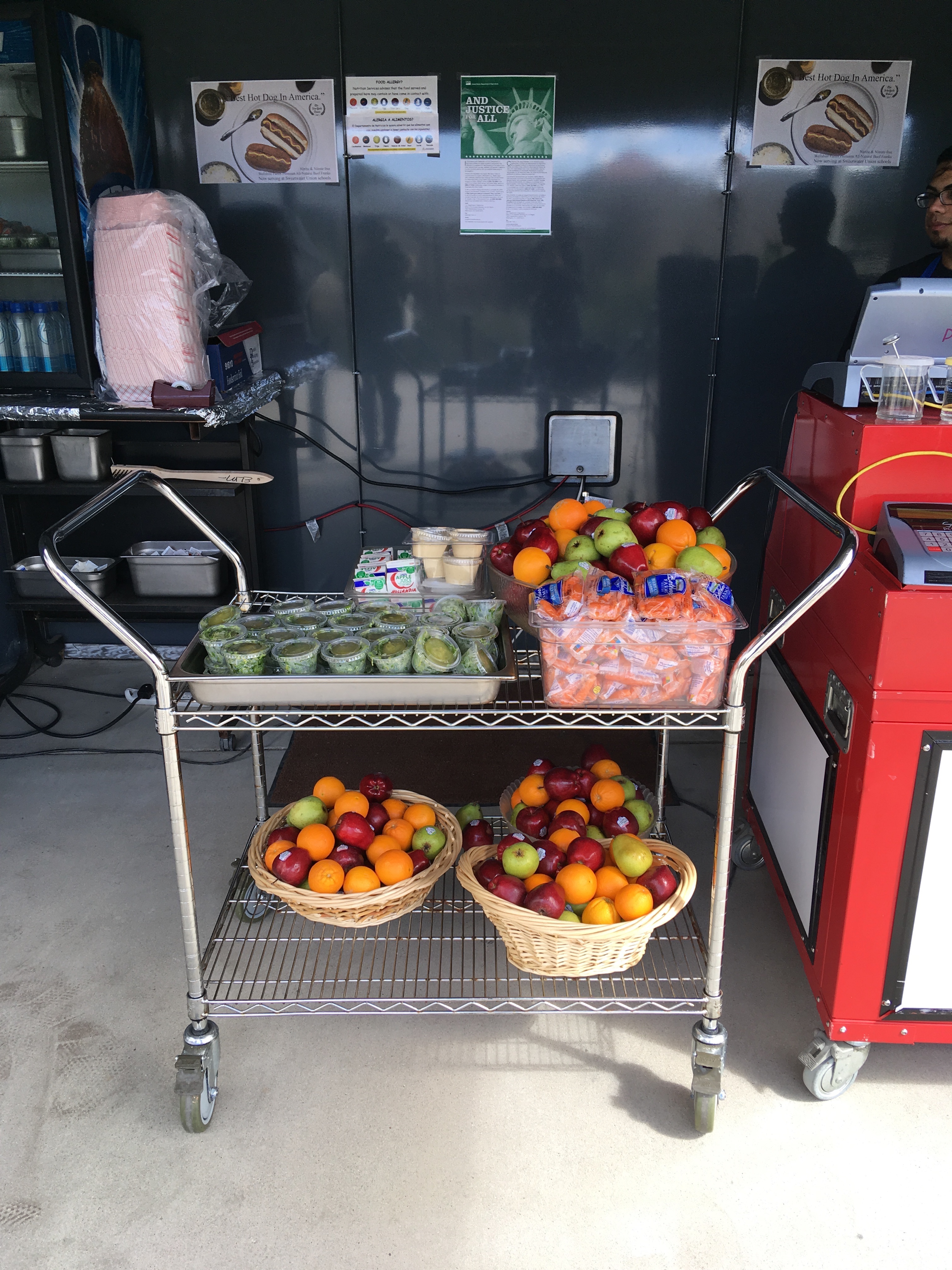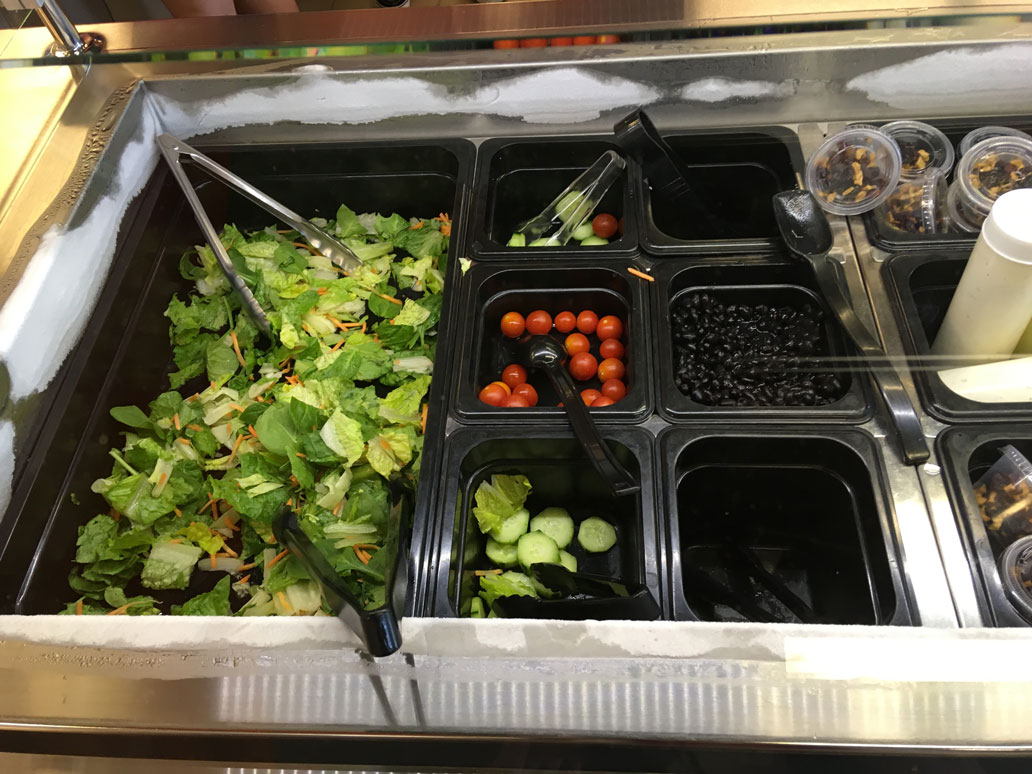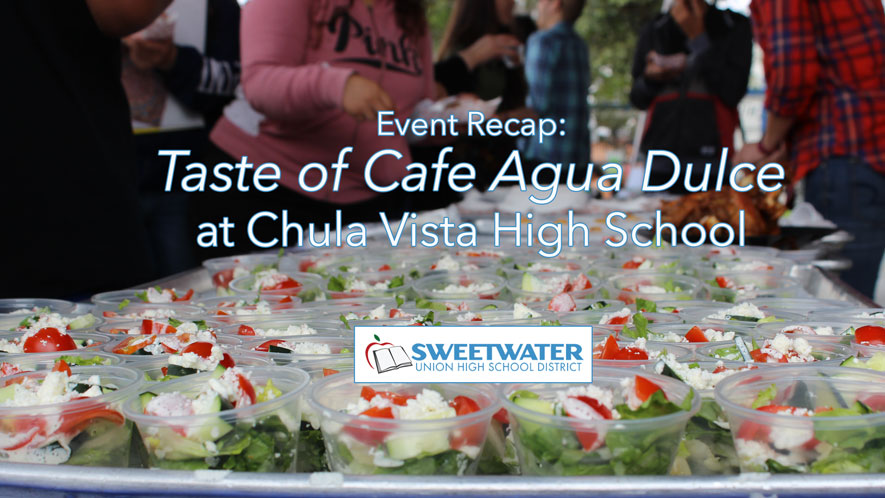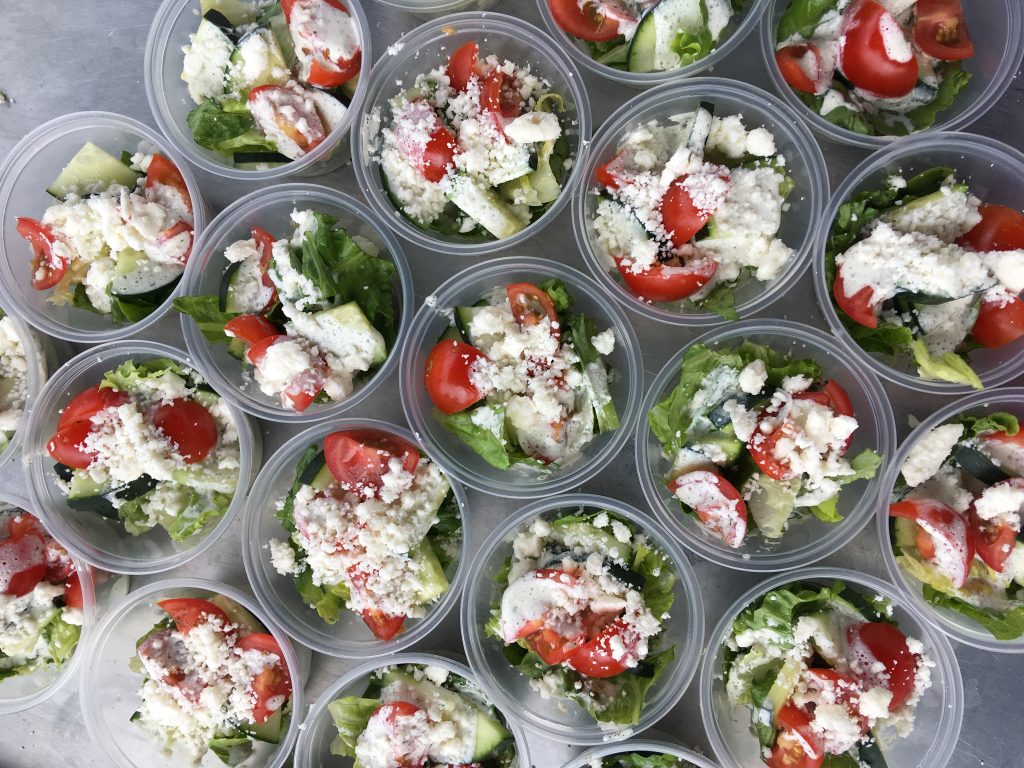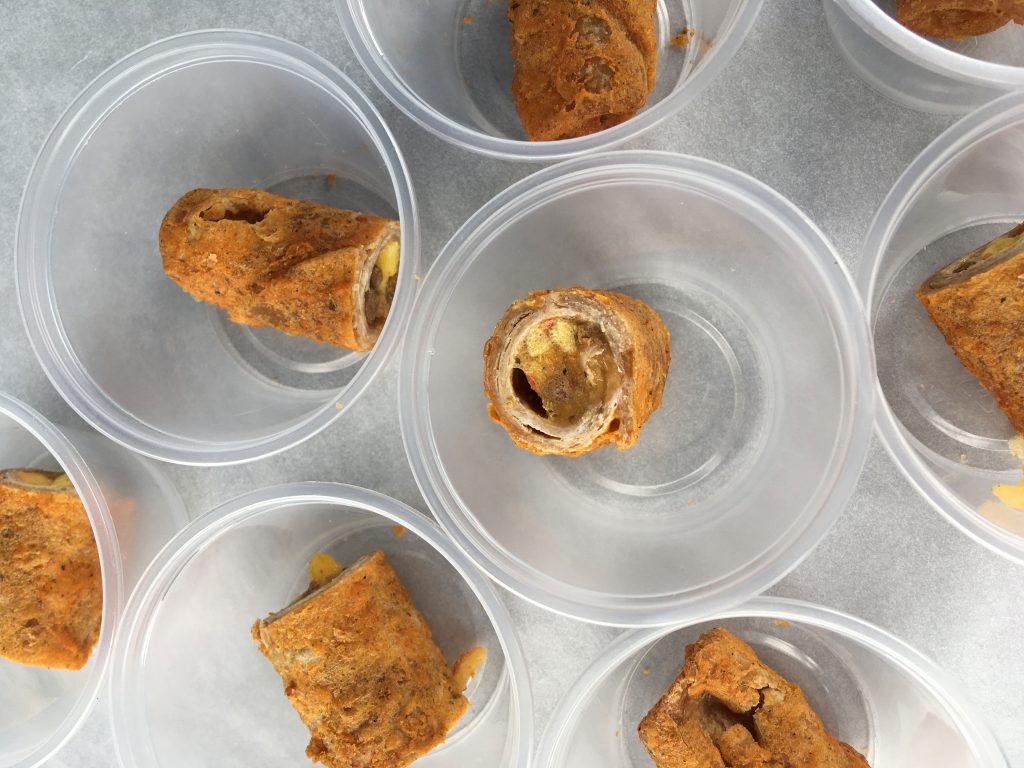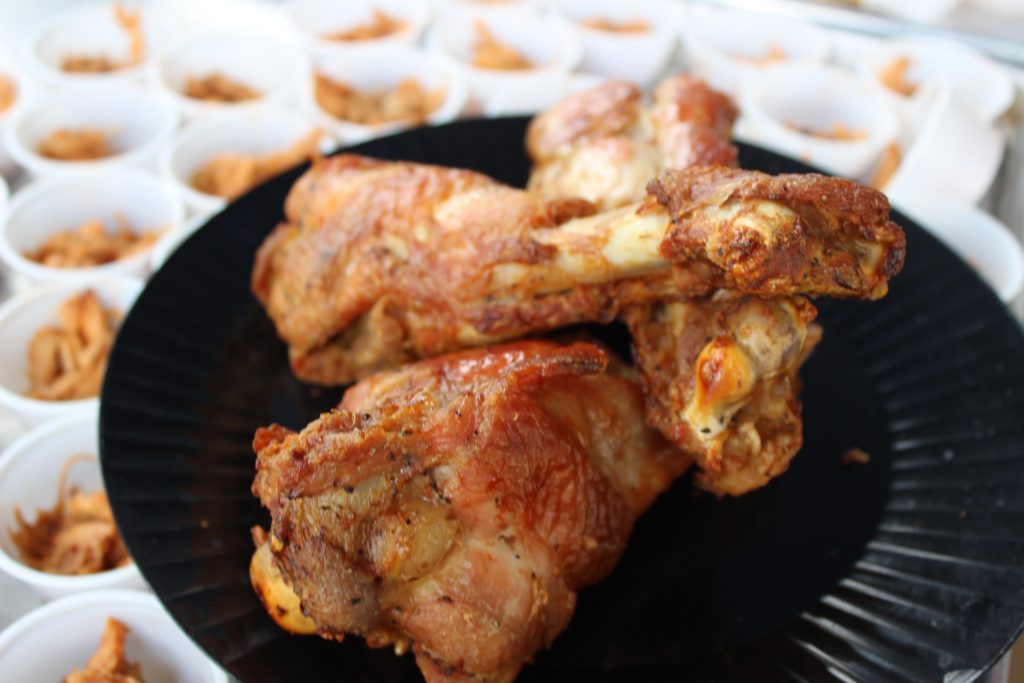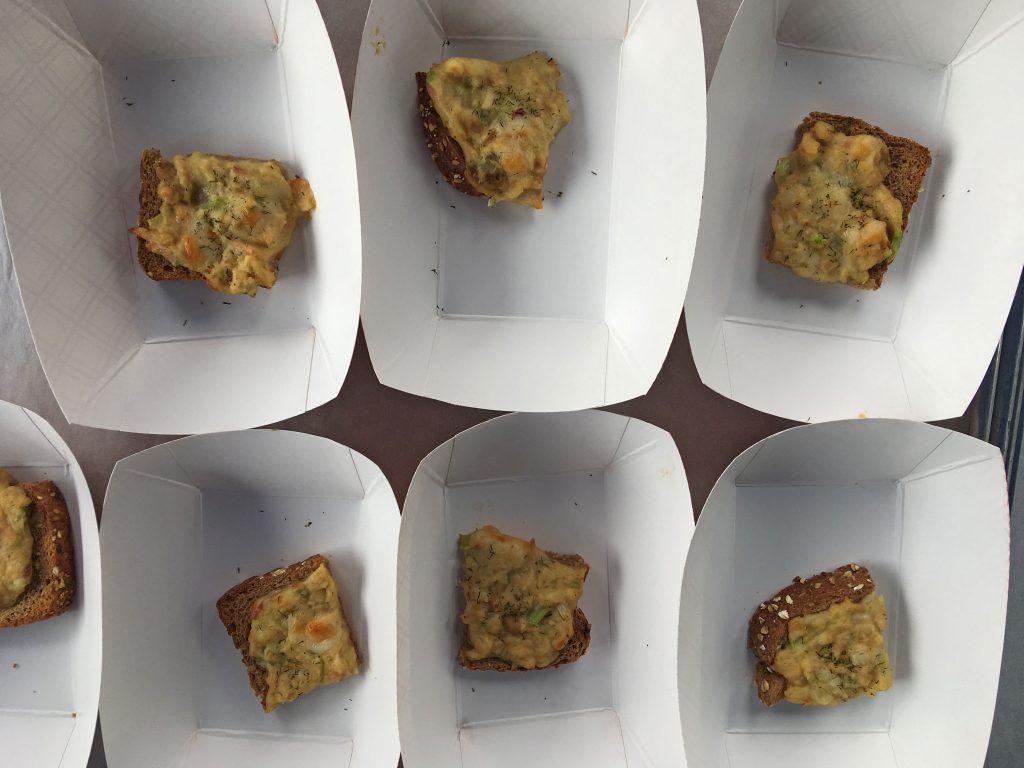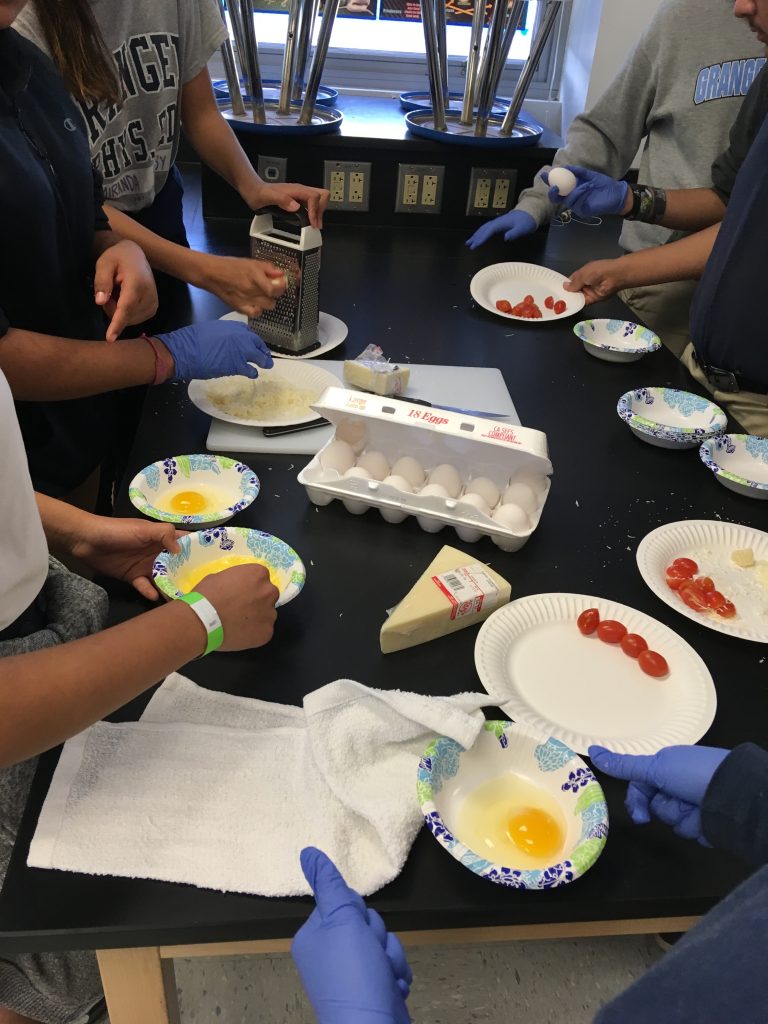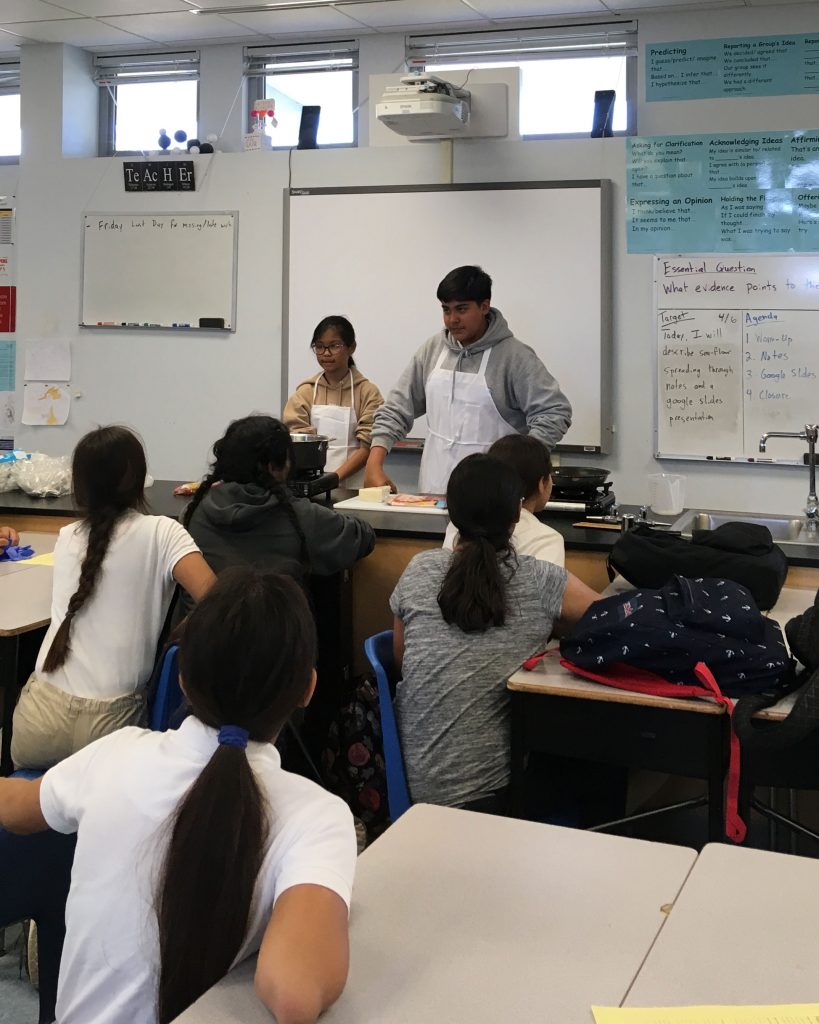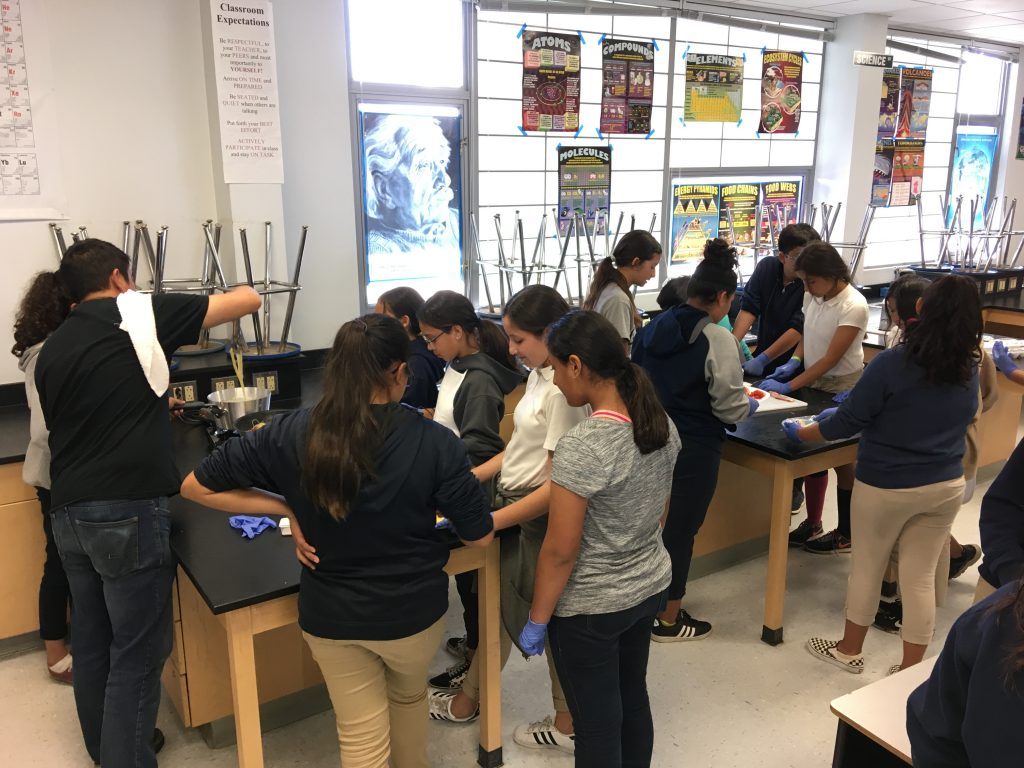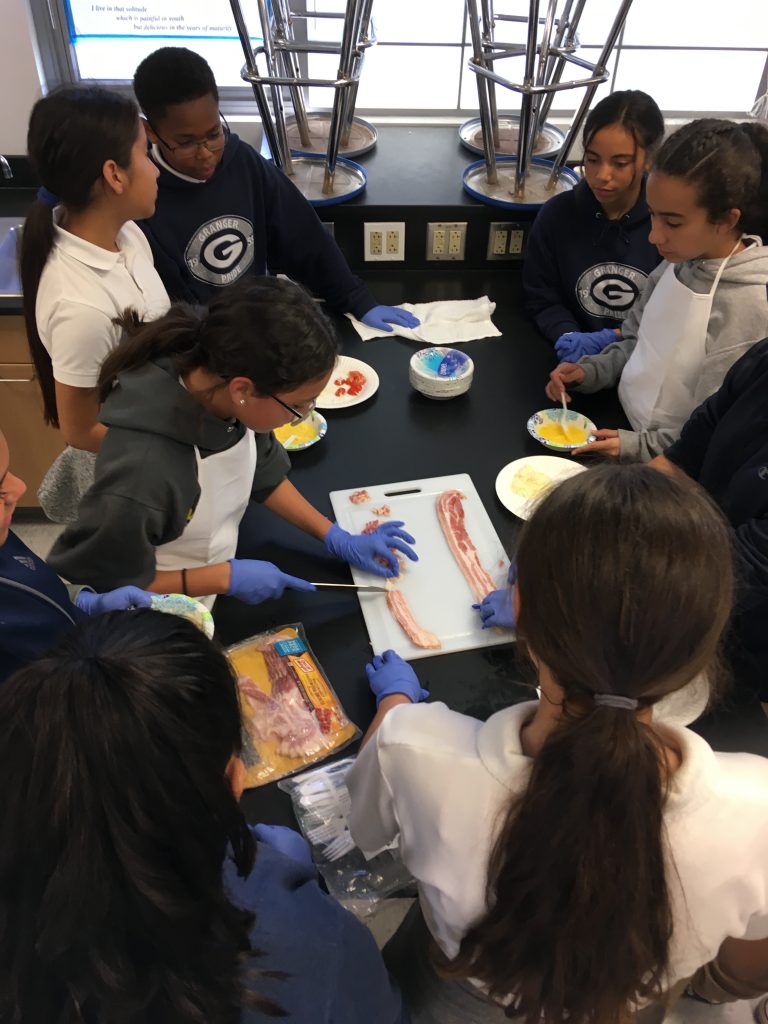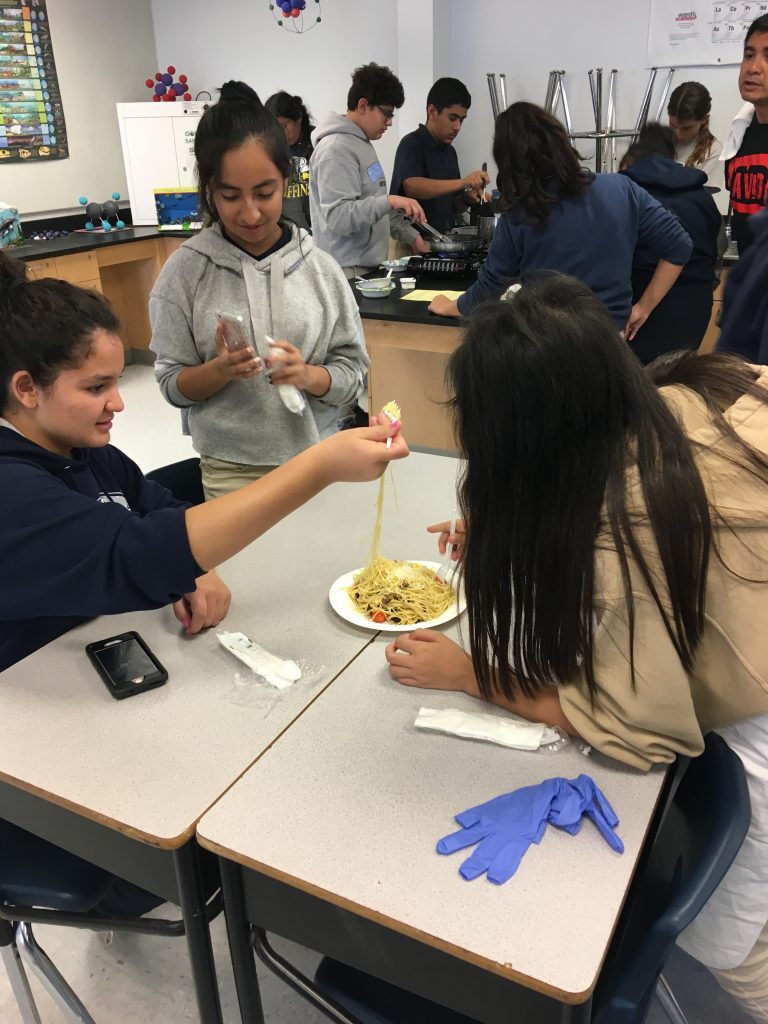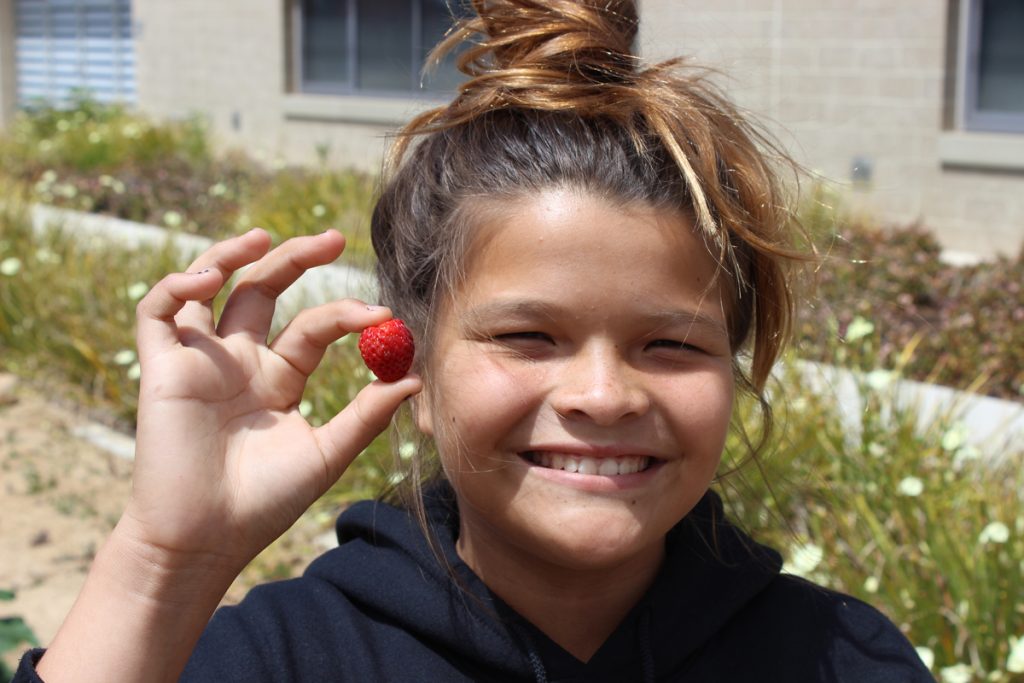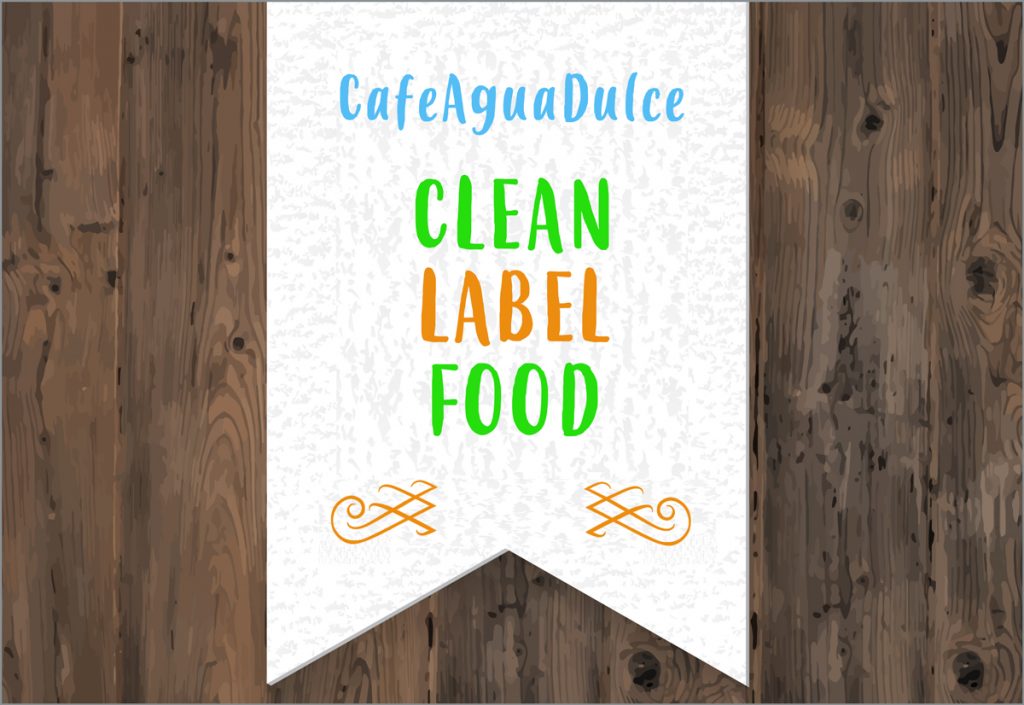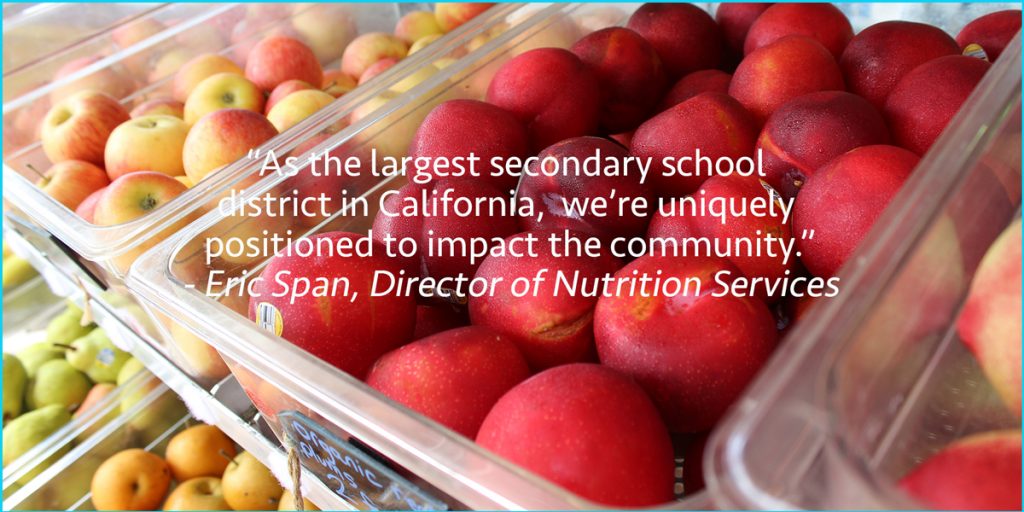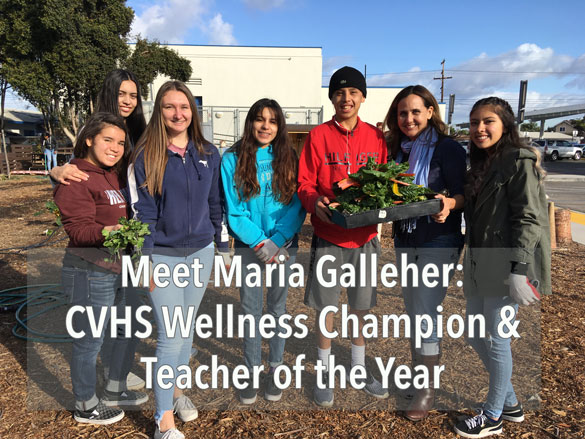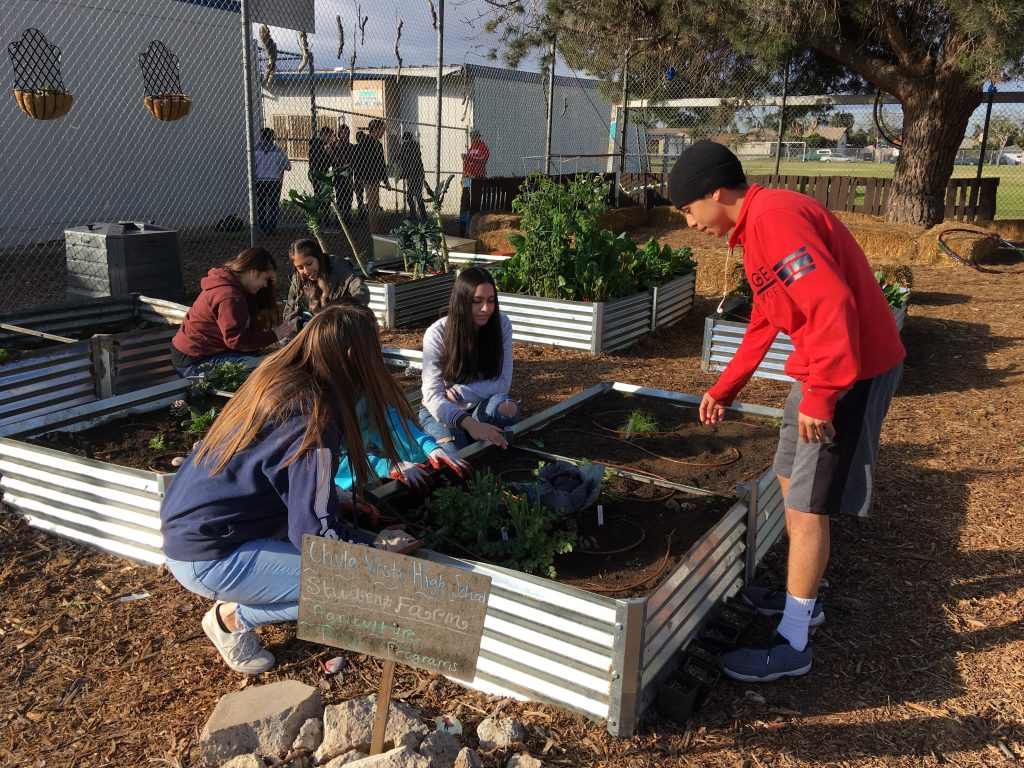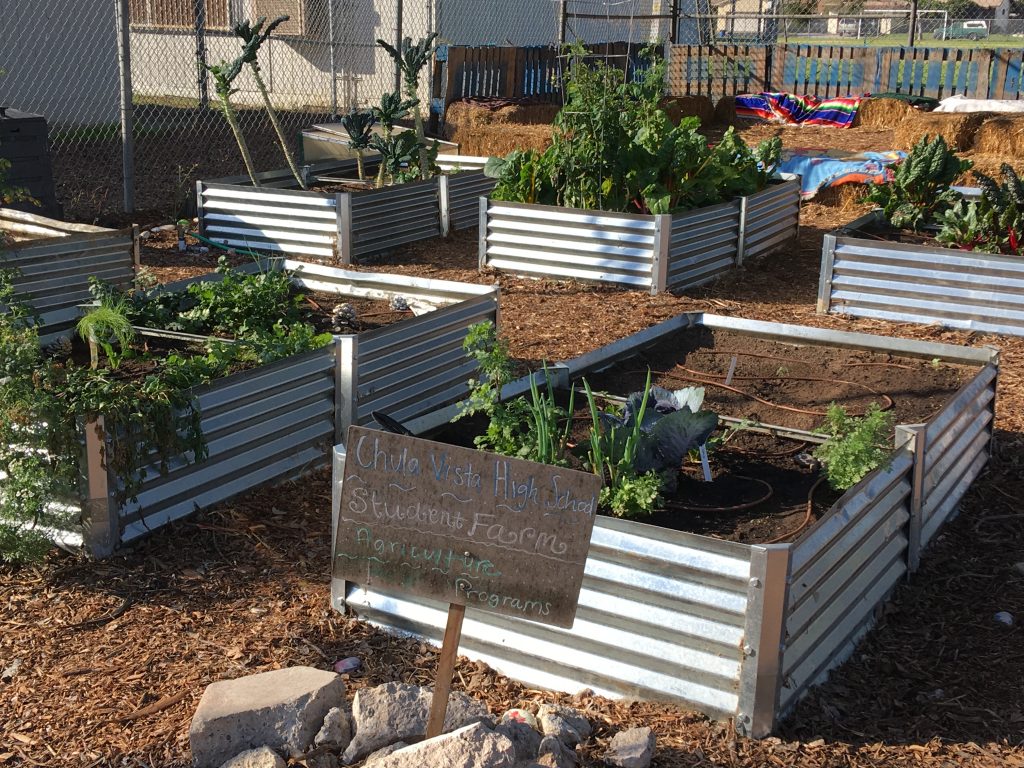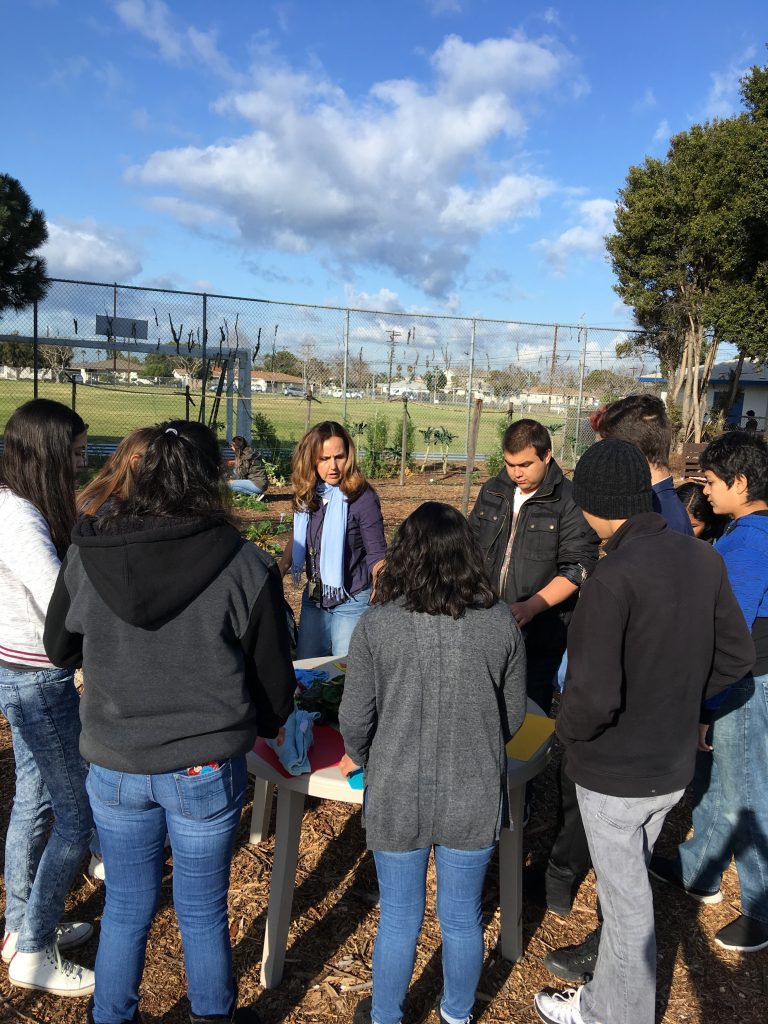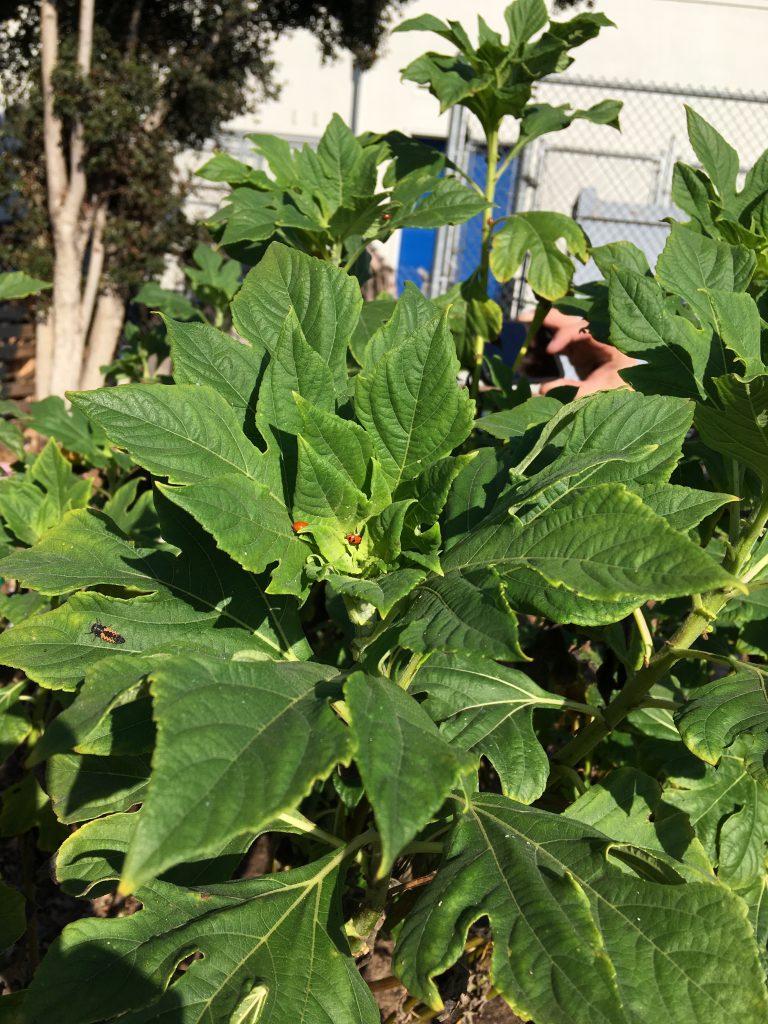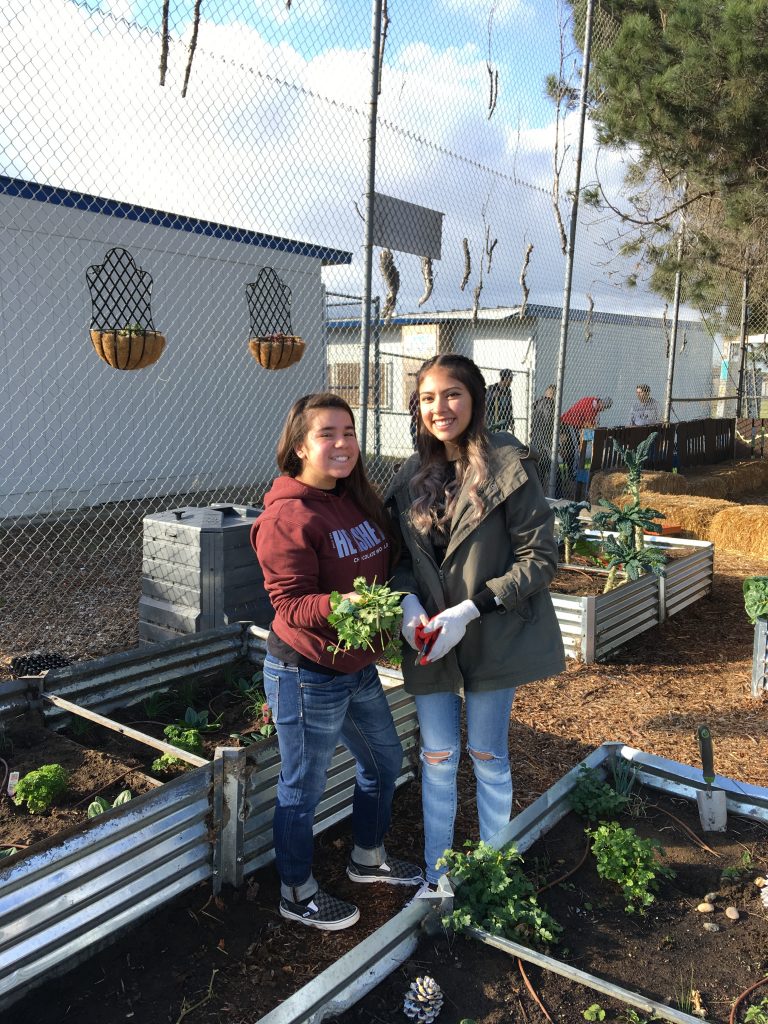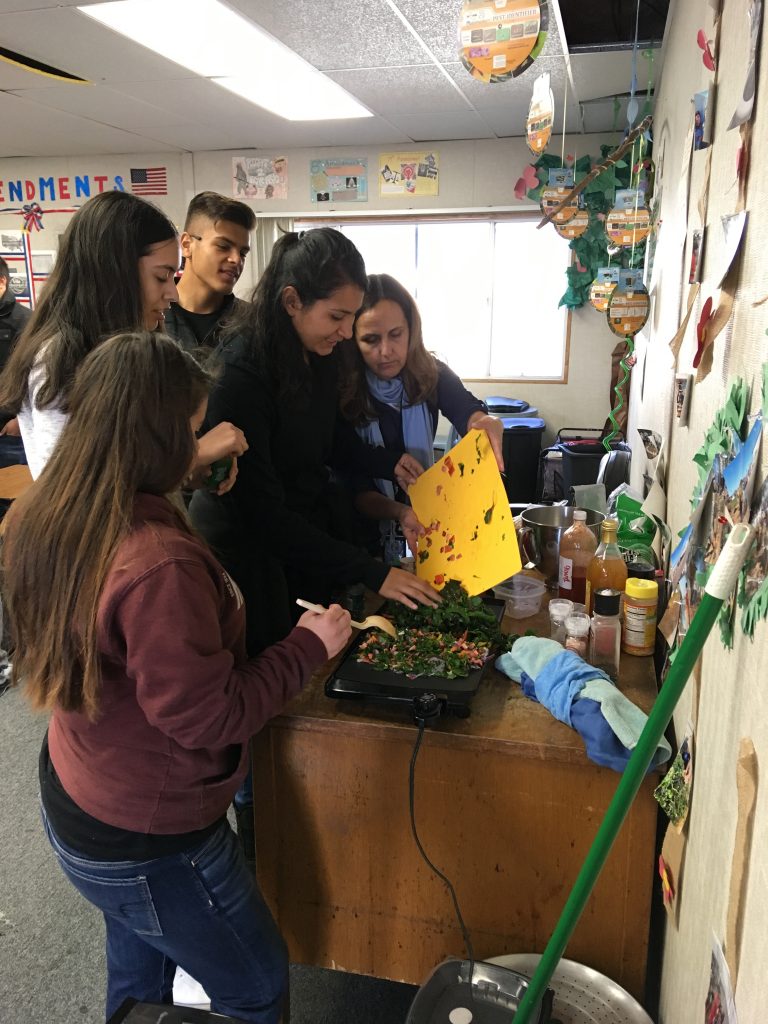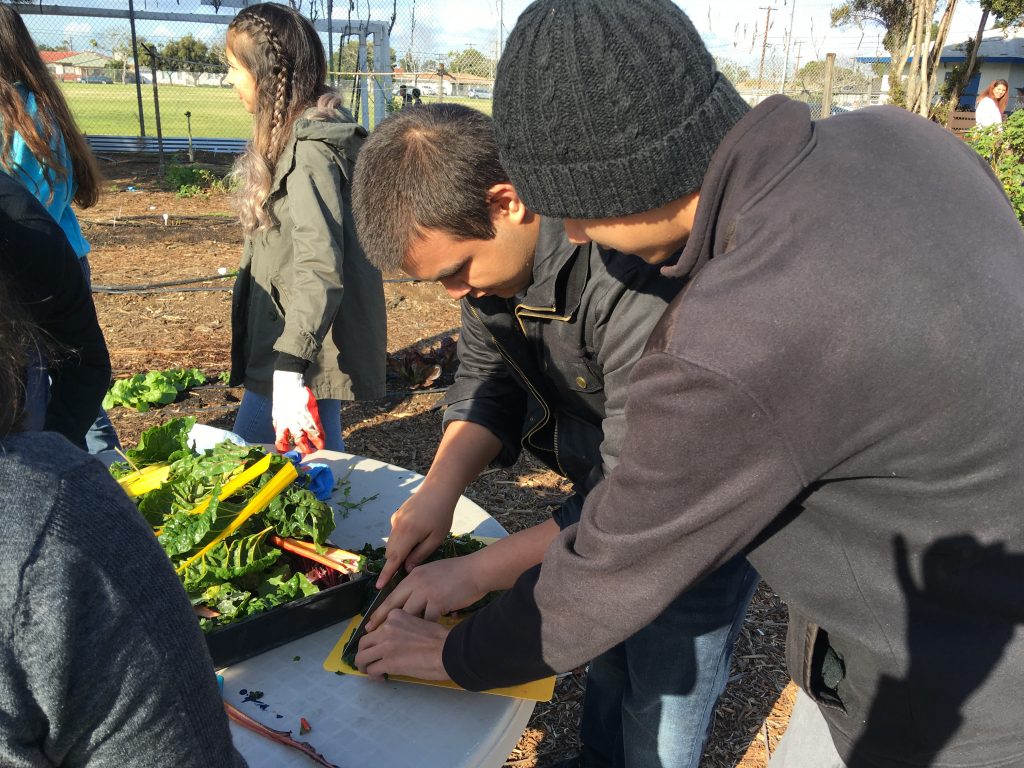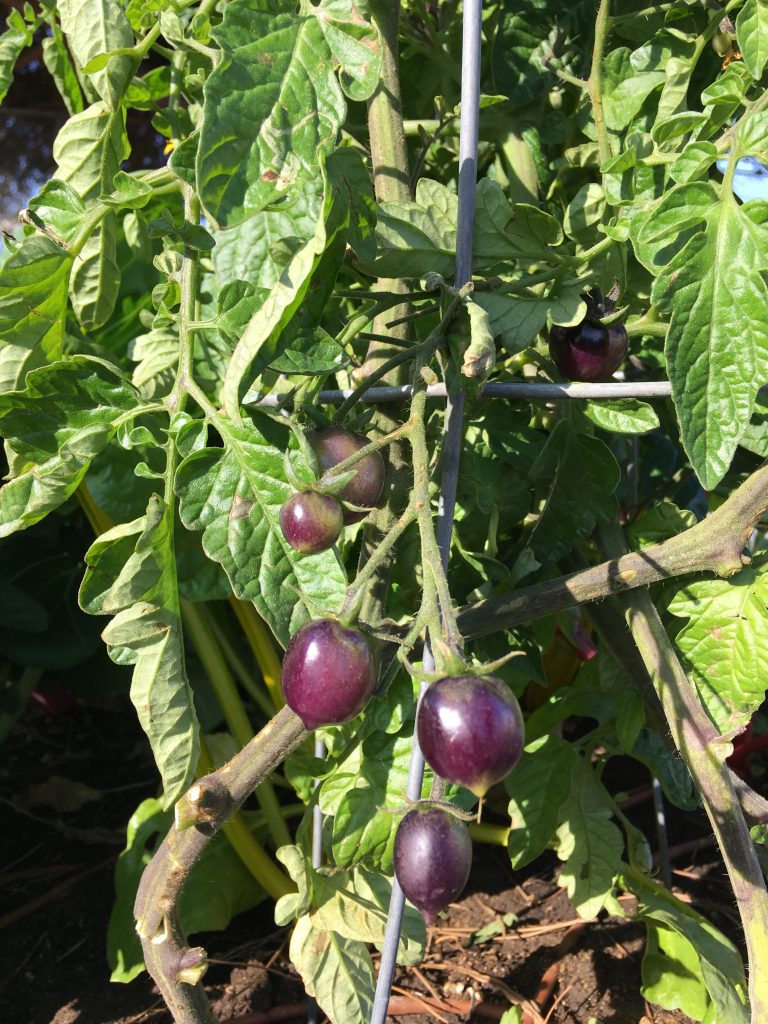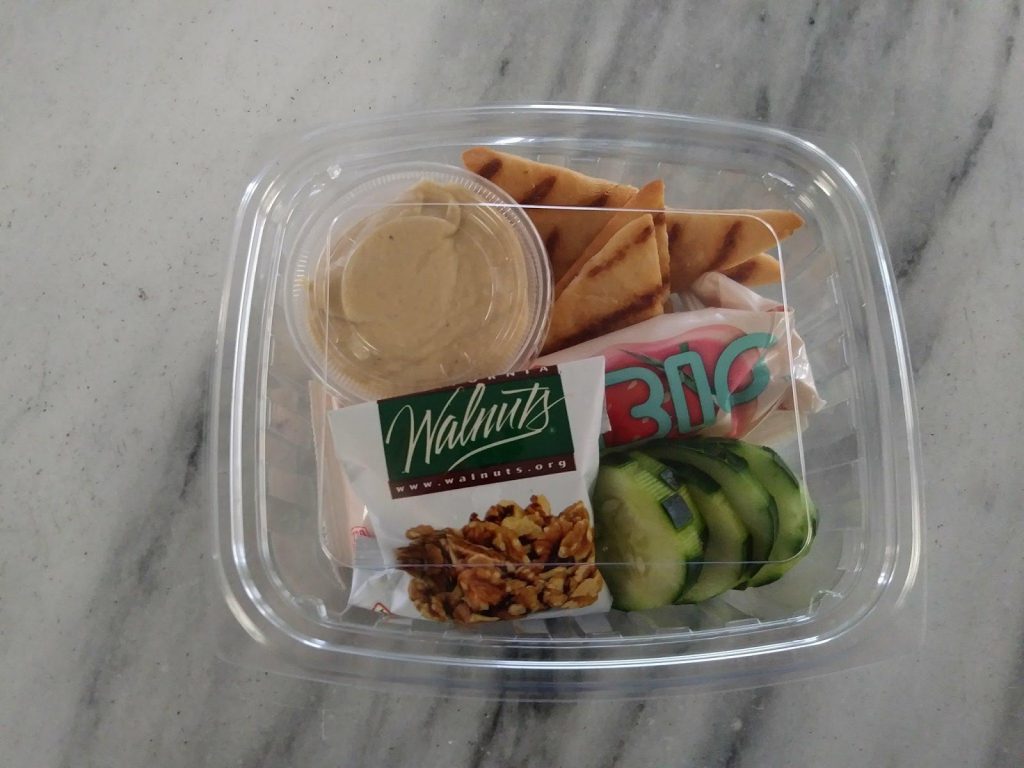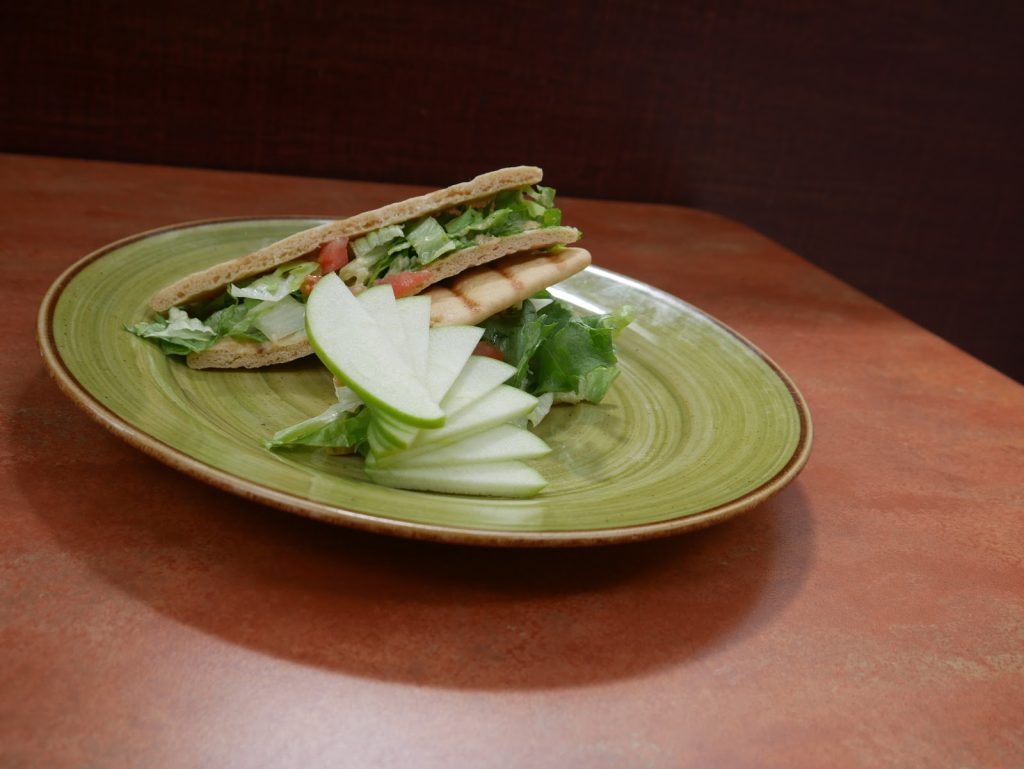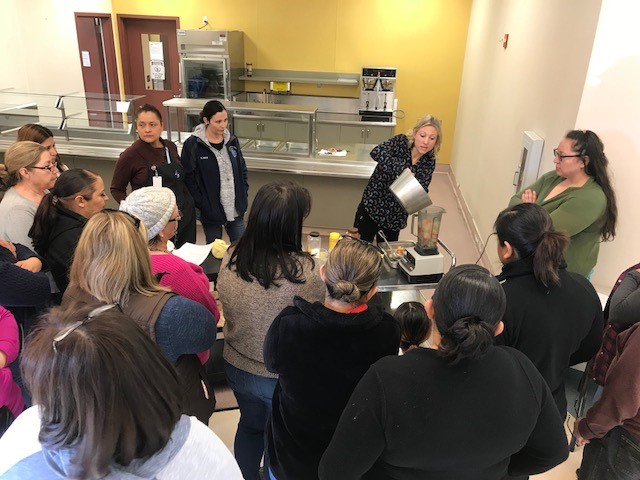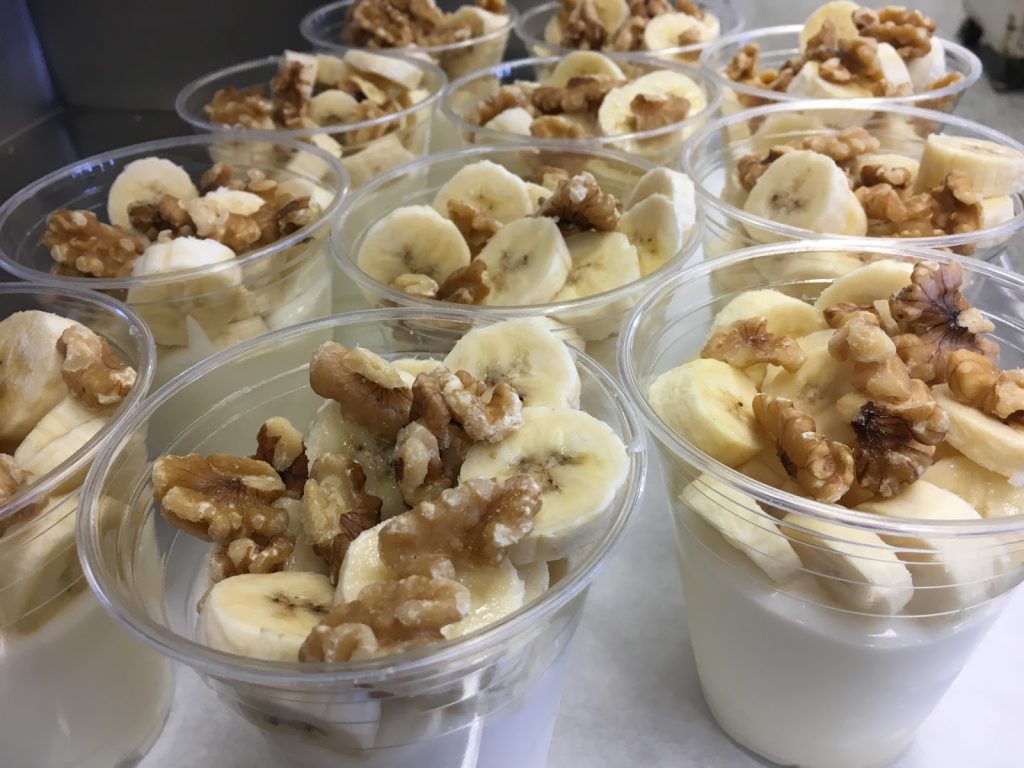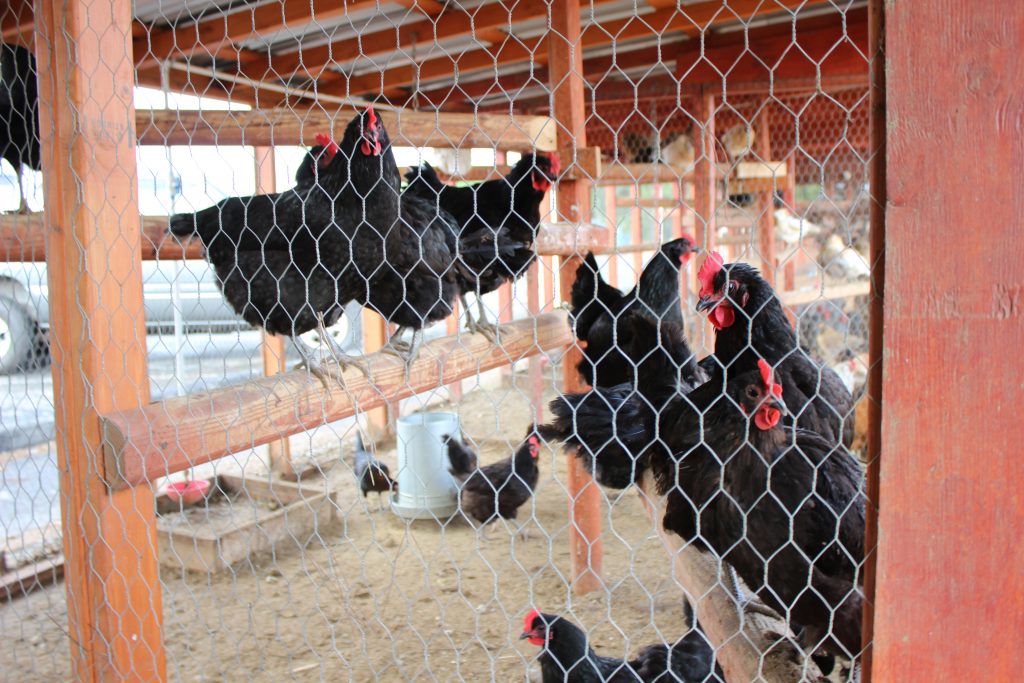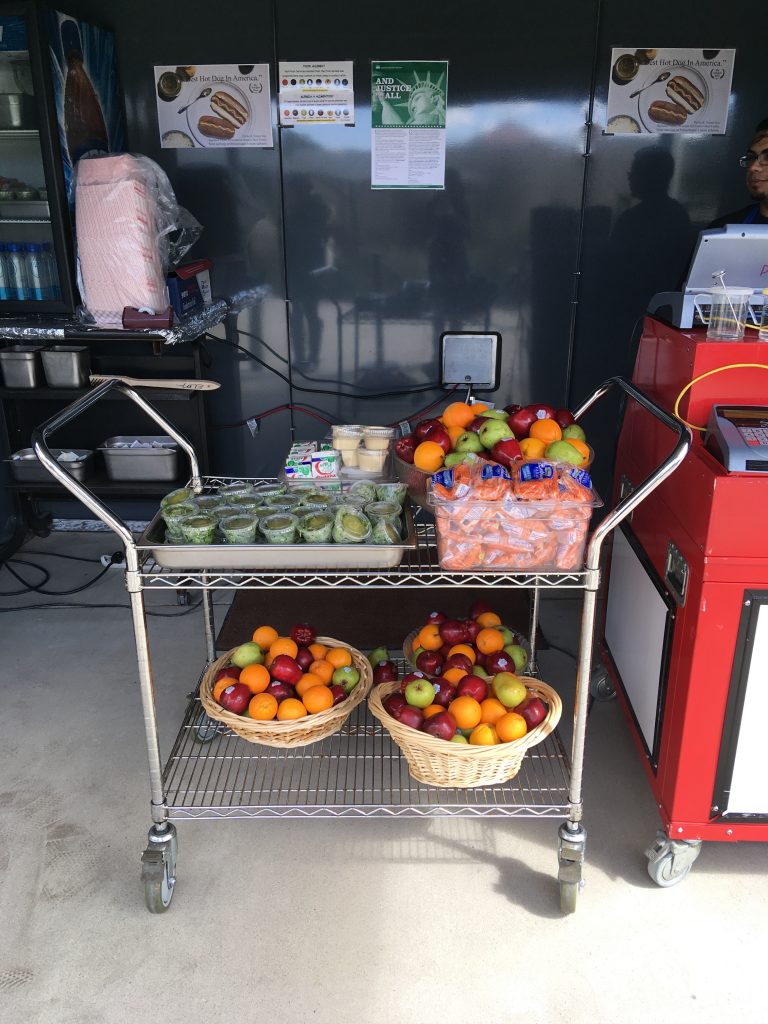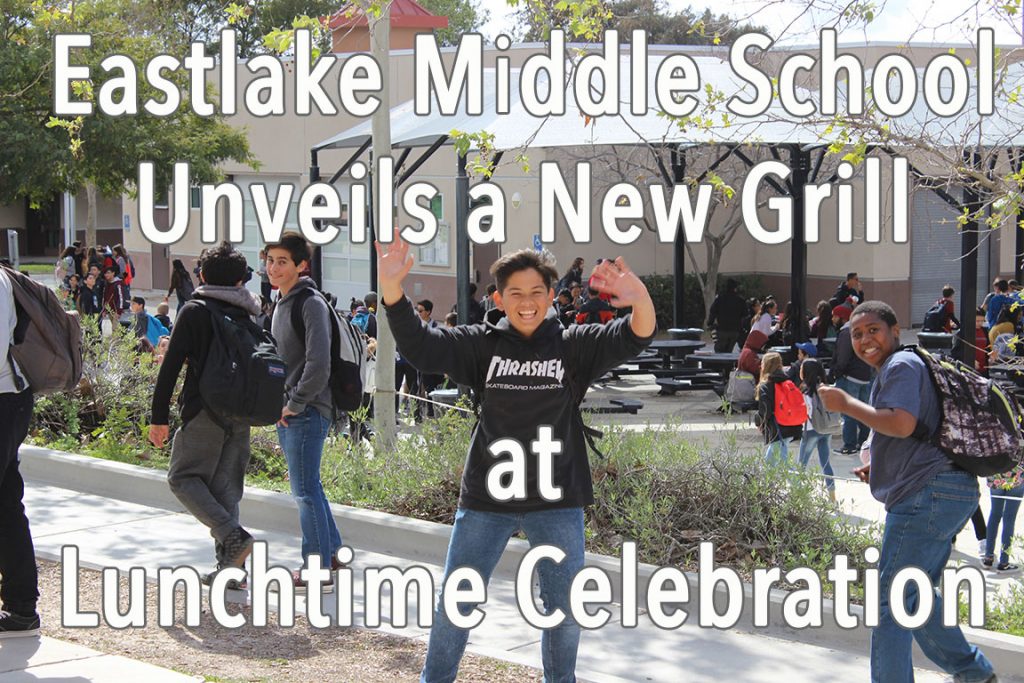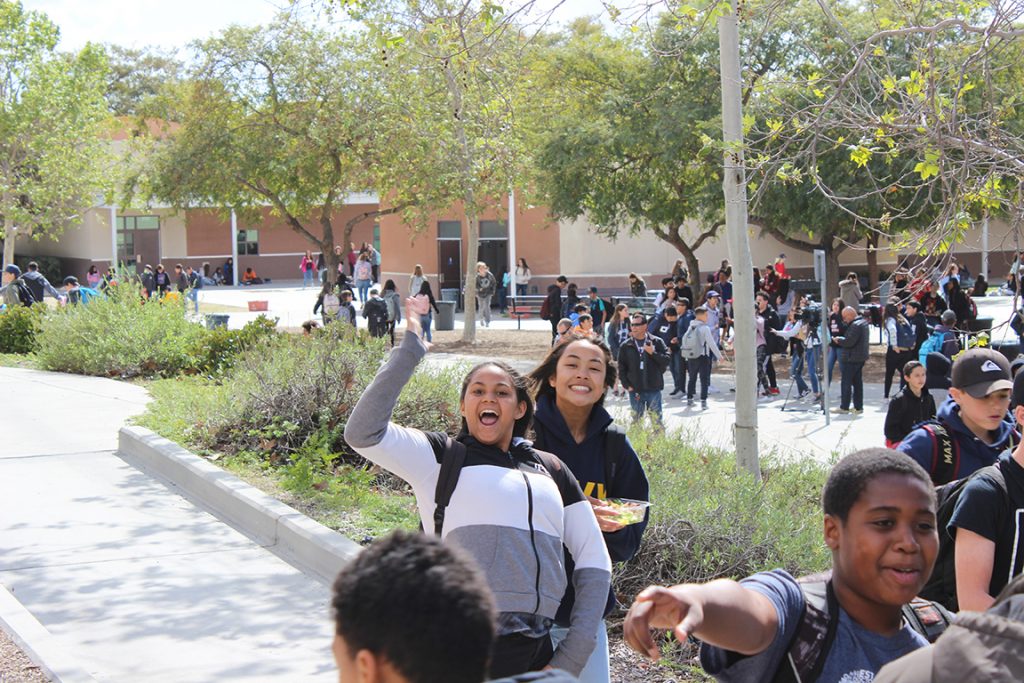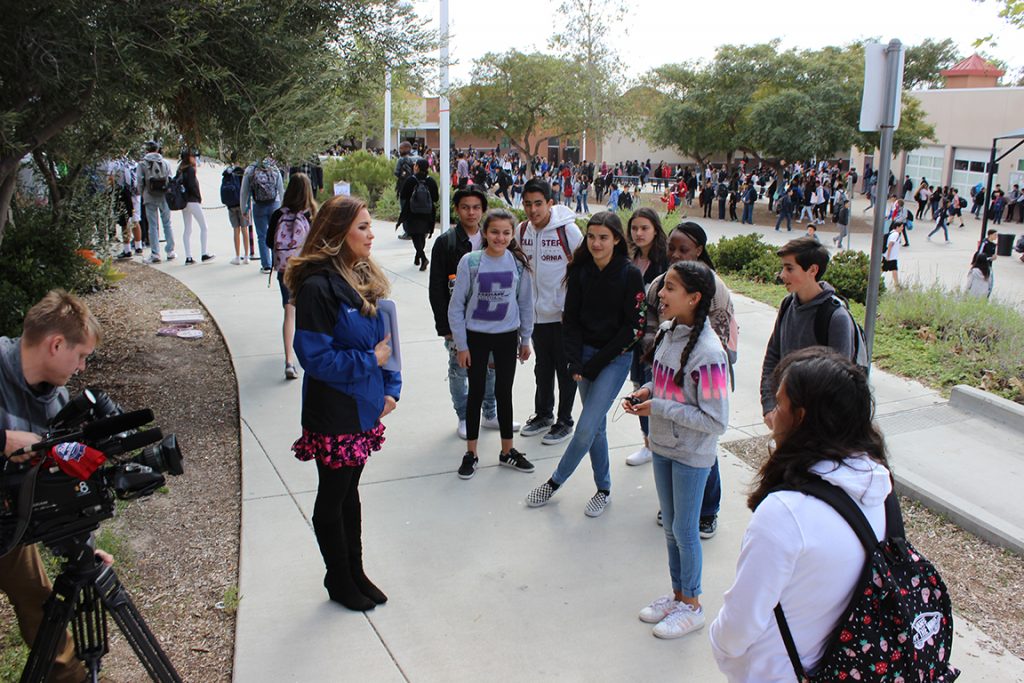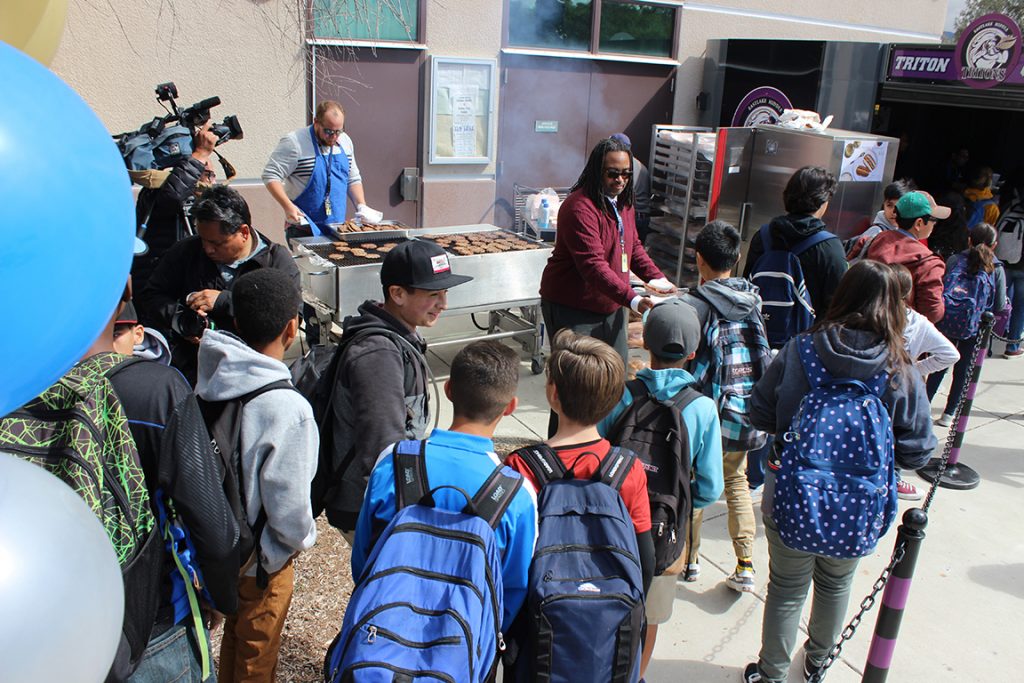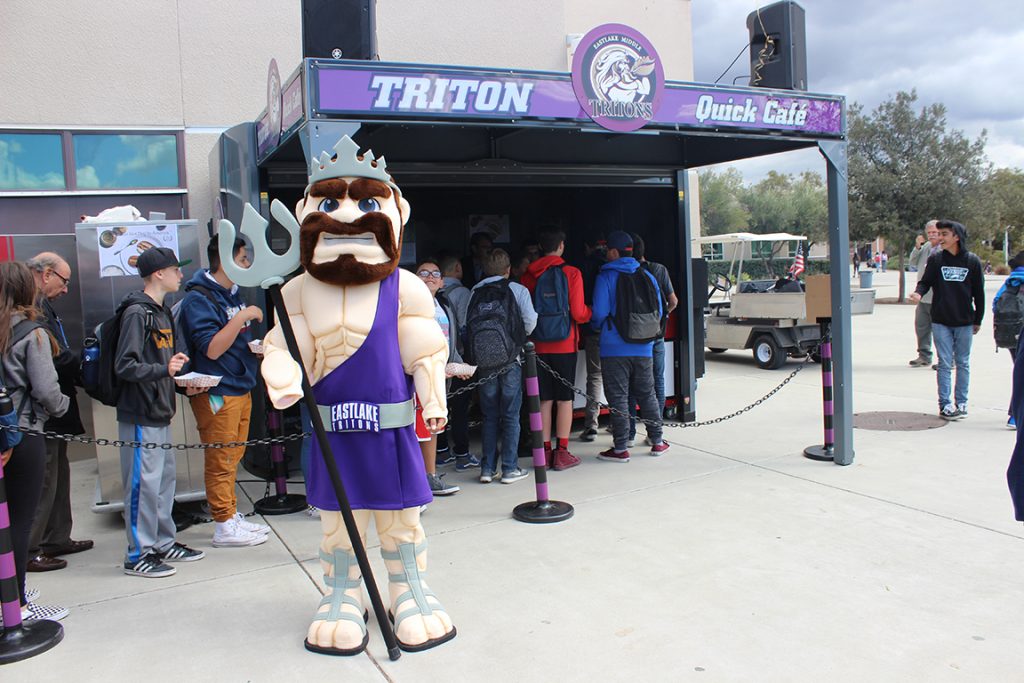When was the last time you thanked your school lunch staff?
When you’re hungry, it’s hard to focus on class assignments or tests. The same is true if your lunch was full of saturated fat and sodium. For all students to learn and succeed in school, they need healthy and nutritious meals. For some students, school lunches are their only reliable meals. School lunch staff have an important job, collectively serving over 5 billion school lunches every year nationwide.
School nutrition staff are extra special because they are often the only staff that has the chance to interact with every student every day. This accessibility gives them more insight into the student population than almost anyone else on campus. At Sweetwater Union HSD, all school nutrition staff are heroes every day! Our nutrition staff have a tough job of preparing healthy meals for hundreds of students at each school every day, following strict nutrition guidelines, and making meals taste good.
“I want to thank and recognize all of Nutrition Services heroes for the work they do every day,” says Eric Span, Director of Nutrition Services. “It’s always exciting when I see them in action providing nutritious healthy meals to our students. Thank you all for the care and dedication you provide to our Sweetwater Family.”
School Lunch Hero Day is celebrated every year on the first Friday in May (that’s today, May 4th!). To celebrate, we’re sharing the stories of four extra-special lunch heroes: Cecilia Diaz De Leon at Sweetwater Union High School, Yesica Zavala at Mar Vista Academy, Nancy Guzman at San Ysidro High, and Stephanie Ruiz at Granger Junior High.
Stephanie Ruiz: Granger Junior High Kitchen Supervisor
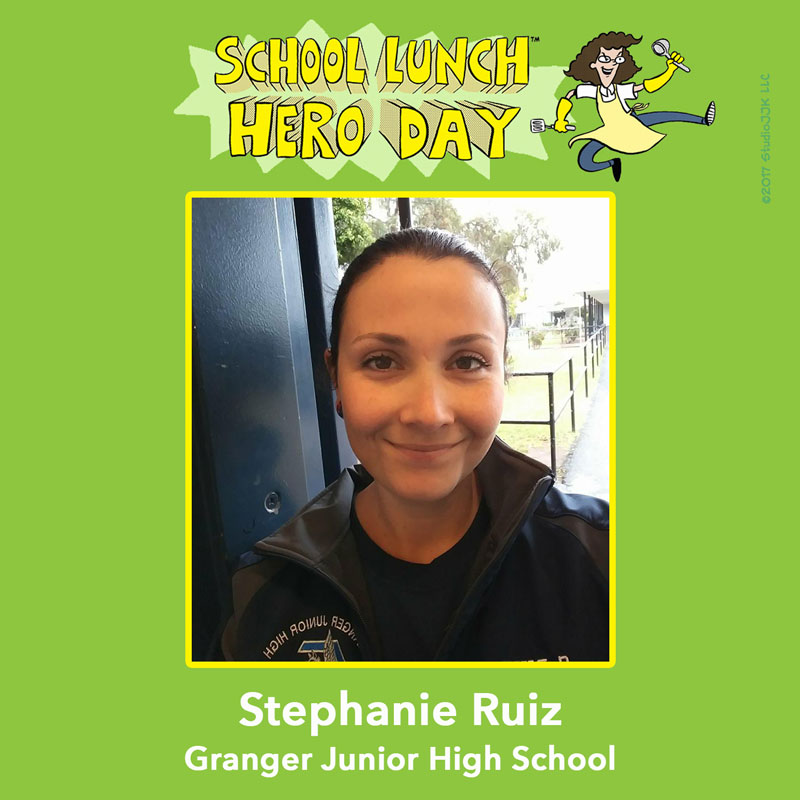
Stephanie Ruiz loves her time with the students and working on new recipes.
Stephanie has been at Granger Junior High for two and a half years, but she’s been with Sweetwater Union HSD for five years. She was a substitute kitchen supervisor for one year, and was hired permanently a little over two years ago.“My anniversary day is St. Patrick’s Day, so it’s easy to remember,” she says with a smile. “For most holidays we try to decorate or put a few fun things out for the students. Obviously Christmas is the big one, but we put up green flowers and shamrocks for St. Patrick’s Day.”
As a kitchen supervisor, Stephanie is responsible for ordering and menu planning. But she also serves early breakfast at Granger, before school starts. That’s her favorite part of the day.
“I get to talk to my regular students and try to encourage them to eat something that’s new on the lunch menu,” she says. “I actually engage with the students and they know who I am, so it’s fun.”
Sometimes Stephanie will sample new items that she wants to try adding to the menu. One of her favorite things is trying new recipes and seeing how she can improve existing items. With a mainly vegan family, she’s also a big supporter of the new plant-based menu items.
In fact, her favorite school lunch is the falafel wrap, which is falafel, cucumbers, and tomatoes with a hummus spread wrapped in a tortilla. “Every so often we sample it out and most of the students who try it like it. But it’s hard to compete with burgers and pizza,” she says.
Still, she tries to encourage students to eat more fruits and vegetables. “If students come in tired I tell them to have an apple, because it’s natural energy. You feel better overall when you eat more fruits and vegetables,” she says. Her rule at home is to try a food before deciding you don’t like it, something she encourages students to model.
“You don’t have to be vegan to eat vegan food sometimes,” says Stephanie. “Everyone should try to explore new foods.”
Cecilia Diaz De Leon: Sweetwater High School Kitchen Supervisor
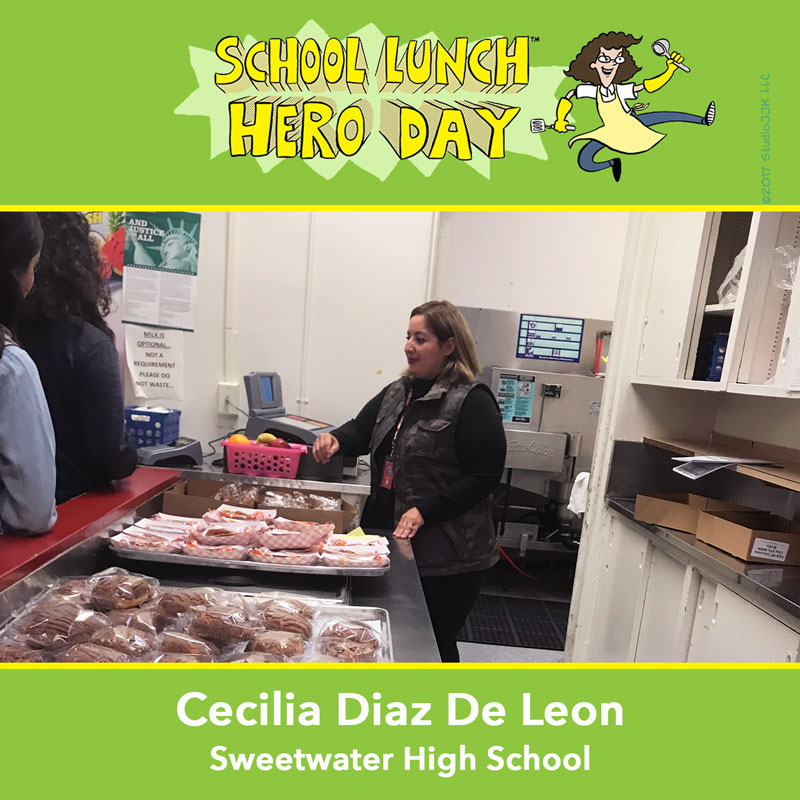
Cecilia Diaz De Leon serves up breakfast to a line of hungry students at Sweetwater High School.
Cecilia has been at Sweetwater High School for nine months, but she’s been Nutrition Services Supervisor for three years. It’s no surprise that her favorite part of the day is serving breakfast and lunch to the students at Sweetwater High.
Cecilia wants to make sure every eligible student can get a free or reduced lunch. She loves helping her students qualify so more of them can enjoy a healthy and delicious meal.
“As soon as a student lunch application arrives on my desk I sent it to the Nutrition Services Department for processing,” she says. “I have a good line of communication with school administrators and registers. Together we make sure every student submits a complete application for free lunch.”
Cecilia loves to eat the Tuscan chicken salad because she helps make the dressing in the kitchen every day. She tries to encourage wellness and nutrition among students by convincing them to try new menu items.
“I explain the components of new menu items to them,” she says. “That way some of them will want to try them out.”
Yesica Zavala: Mar Vista Academy Kitchen Supervisor
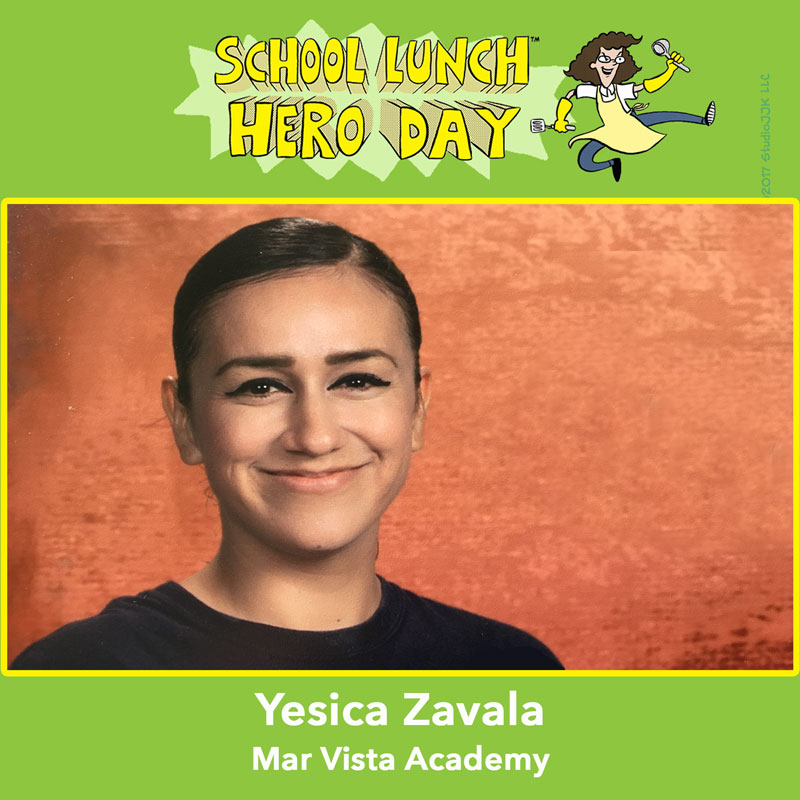
Yesica believes her role is as a mentor in addition to nutrition provider.
Yesica has been at Mar Vista Academy for almost three years. She started as Acting Assistant II in August of 2015, and was promoted to Kitchen Supervisor a year later. She’s been in this role ever since.
She loves watching the students make their lunch choices. “It’s so wonderful to see them choosing the items we prepared with enthusiasm and love,” she says. “We’re here to serve them. We work for them. We understand how important it is to satisfy hunger with a full stomach. It makes me happy to see them taking a complete meal because we know we’re feeding them in a responsible way.”
Seeing very few leftovers at the end of the day tells her she’s doing her job well. Even better, though, is the happy face of a student telling her the food was delicious.
“It means our effort was worth it,” she says. “It reflects all my time planning, organizing, and preparing the food. We put our hearts into it and season with love.”
It’s no surprise that Yesica feels the same way about the students as many teachers. “They’re like our children, and we want the best for our kids” she says. “We’re worried when they don’t eat, and when they’re happy after a meal it’s a great satisfaction.” It’s said that the way to the heart is through the stomach, and Yesica believes this.
When it’s time for her to eat, it’s difficult to choose. Some days Yesica will grab a BBQ pork flatbread, others it’s the Agua Dulce ceviche, or the BBQ jerk chicken with black beans.
“All of these are delicious. They’re not just ingredients we pull from the freezer – we prepare all lunches fresh and make sure they taste good, smell good, and look good. But if I had to choose only one, I’d choose the Tuscan chicken salad. I love the dressing, which we prepare here in our kitchen.”
As kitchen supervisor, Yesica encourages students to try something new.
“When we first started making hummus, some of them didn’t know what it was made of and they were afraid to ask in front of their friends,” says Yesica. “We put out a sample table and offered the hummus with baby carrots, celery sticks, and cucumbers and explained how we make it in the kitchen. They liked it!”
She also encourages students to take more fruit by using friendly, uncomplicated words to explain that fruit is important for healthy living. Another tactic is to offer choices and just keep trying.
“We’ll show students they have options, and say, ‘what would you prefer to take? Apples, oranges, bananas, or spicy lime cucumbers that are delicious!’” Yesica says. “If they say they don’t want any, we’ll try something else, like ‘did you try putting lettuce on your burger? It tastes really good!’” Yesica does all this with a natural smile.
Yesica loves what she does. Seeing the students grow day by day is a wonderful reminder that she and her staff are part of their development. She knows her job goes beyond nutrition: they are also mentors.
“You never know when a student might need a smile from us to ease their day,” she says. “That’s something we can offer them in addition to fruits and vegetables.”
Nancy Guzman: San Ysidro High Kitchen Supervisor
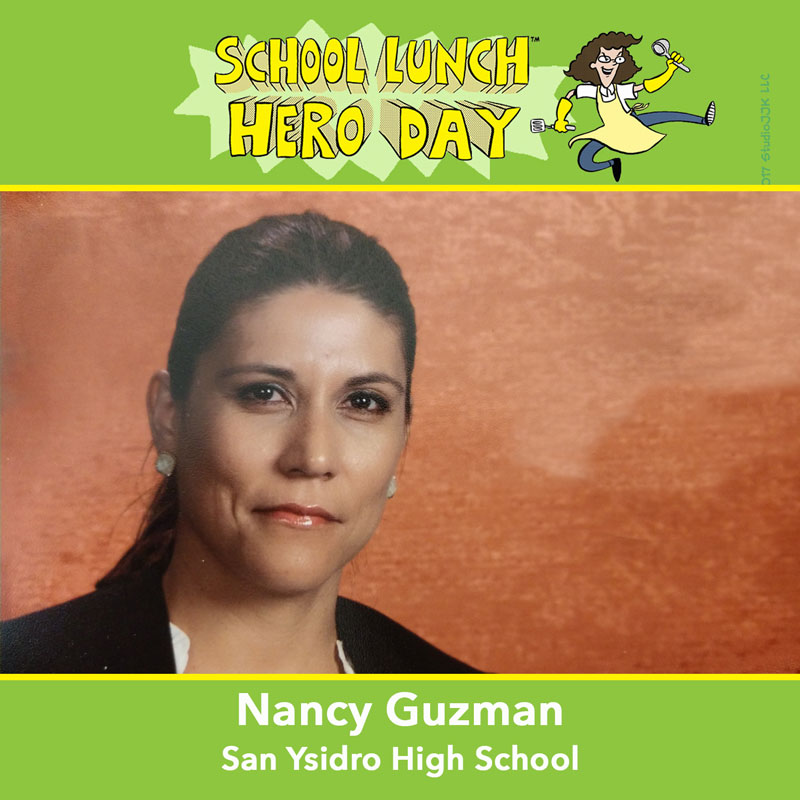
Nancy knows taste is important for her students.
Nancy has been a kitchen supervisor for five years, four of those at San Ysidro High School. She works hard to make sure all students have healthy and nutritious meals, so seeing that the students are content with their choices makes her happy.
“I enjoy helping students and parents with any nutrition department needs and questions,” Nancy says. But her favorite? “The best part of my job is working alongside my staff and creating a harmonious environment in the cafeteria.”
Her favorite dish is the turkey and mashed potato bowl. “It tastes like Thanksgiving dinner in a bowl!” says Nancy. “It has all the essentials of a Thanksgiving dinner: turkey, mashed potatoes, gravy, corn and cheese.” Try it next time and let her know what you think!
Nancy also encourages wellness and nutrition among her students. She makes sure the daily vegan and vegetarian options, which are healthier alternatives to more traditional lunches, are available and encourages students to try them. But, of course, taste is always most important for the students.
“In the kitchen we emphasize making our meals consistently delicious,” she says. “This way the students will be returning customers.” Seeing regulars and new faces tells her she’s on the right track.
“Working as a kitchen supervisor has given me the opportunity to nourish the students so they are capable of learning and reaching their goals,” she says. This is no small task, but Nancy is up for the job.
These lovely lunch ladies, and all school nutrition staff in Sweetwater Union HSD, serve millions of lunches every year to our students. Since only last July, 3,112,521 meals have been served at SUHSD schools. We encourage everyone – students, teachers, and staff – to show their appreciation for the nutrition team today. Make a card, write a poem, or sign a poster with your class. Even a thank you and a smile can go a long way, today and every day!

